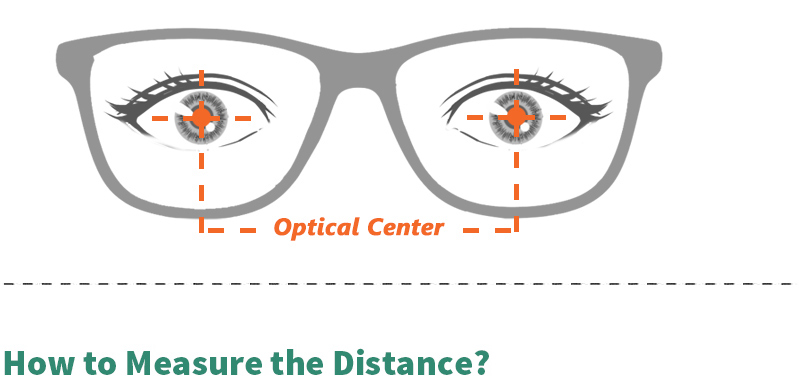

- #When sizing pd on glasses which is right and left how to
- #When sizing pd on glasses which is right and left free
If you don't see it listed after you've had your eyes examined, ask for it. Your PD should be listed on your prescription, but it may not be. If you don't see your pupillary distance on your prescription after you've had your eyes examined, ask for it. When you put on your glasses, the lenses need to be centered on your pupils, so if this measurement is off, you may not get the perfect vision you're hoping for. Pupillary distance is the distance, in millimeters, between the centers of the pupils in both eyes. Some retailers offer generous return policies, and some won't take ill-fitting glasses back without charging a hefty penalty. And wherever you buy, check their return policy so you know what your options are if your frames aren't a perfect fit. Consider shopping at Warby Parker, which will mail you frames to try on before you buy. If you're buying your first pair of glasses and have no idea of your sizing, the process is a little trickier.

Once you have your measurements, you can use those numbers to find the right frames. You'll find them printed inside the temple arms or the nose bridge. These measurements are usually written inside the frame, listed left to right (lens width, bridge width, temple arm length). If you own a pair of glasses that fit, you can start by checking their size.
#When sizing pd on glasses which is right and left how to
SEE ALSO: How to Get a Discount on Medications There are three measurements to know: lens width, bridge width (the width across your nose), and temple arm length (the length of the arms). If it isn't, be sure to ask for it, as you'll need this to order glasses online.īuying the right frames involves more than just picking out the style you like - you need to find frames that fit your face. Before you leave your doctor's office, check to see if your pupillary distance, or PD, is listed on the prescription.
#When sizing pd on glasses which is right and left free
Your doctor is legally required to give you a free copy of your prescription after your exam, so you can get your glasses anywhere. Check with these retailers to see who has the best deal in your area:

(Note, however, that if you're interested in contacts as well as glasses, your exam will likely cost a little more.) The exact price will vary depending on the doctor you see and where you're located, but reasonably priced exams are available at plenty of national chains. But even if you don't have insurance coverage, you should be able to get an exam for around $100. Either way, review your policy before you pay for an exam out of pocket. Your health insurance may cover eye exams, or perhaps you have separate vision insurance.


 0 kommentar(er)
0 kommentar(er)
